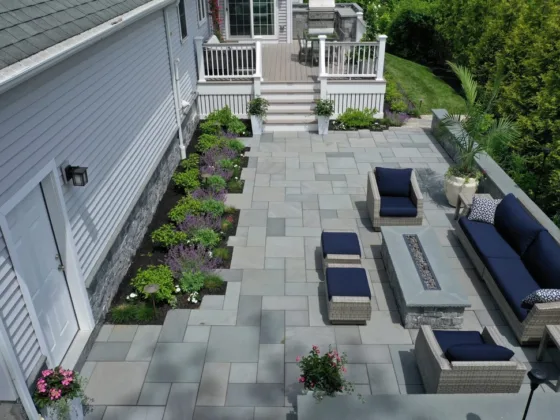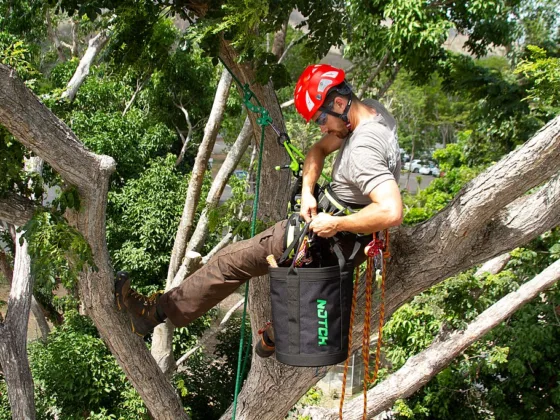Table of Contents Show
Landscaping provides an exciting opportunity to upgrade the outdoor environment, and transition space to make it feel like home.
One of the challenges to address during this transition period is controlling the airborne dust that seemingly appears out of nowhere once landscaping begins. This is mainly due to soil getting exposed when plants or hardscapes are removed.

Strategies for Effective Dust Control While Landscaping
Dry, windy environments are especially susceptible to creating dusty conditions, such as on a warm sunny day that is otherwise perfect for yard work.
Airborne dust will find its way into every nook and cranny, are an unpleasant intrusion on the neighbors, and may even be in violation of city ordinances or homeowners associations.
Implementing strategies for effective dust control while landscaping can dramatically improve the landscaping experience, by pre-emptively reducing airborne dust that would otherwise become a nuisance.
The qualities of the most effective dust control strategies include timeliness, flexibility, and permeability, which allow for the continuation of the natural flow of the environment.
Timeliness ensures that the issue is attended to immediately, and does not rely on the eventual efficacy of a treatment, such as a lawn or groundcover. Flexibility provides the ability to change or move treatments to be applied as needed, given unique circumstances.
Lastly, the permeability of a product allows for water to move through the system without adding additional problems such as pooling or flooding during rain or watering events.
Read Also:
Fixed in a Slurry
Hydromulching is an erosion control strategy that is often used by conservationists and in the construction industry. This will typically be applied as a slurry of fiber mulch, tackifiers, and soil stabilizers, using a hose connected to a large tank. The slurry dries quickly, leaving a protective coat on top of the exposed soil, molded to the landscape.
Since the materials are biodegradable, hydro mulching is a great short-term treatment to implement during a transition period, throughout the landscaping process. This can also be re-applied in spot treatments when necessary, a relatively low labor process.
Hydroseeding is a similar technique that is also often used in landscaping, utilizing the slurry of hydro mulching, but the mix also contains seeds. This strategy is typically reserved for conservation purposes, where large amounts of evenly distributed native seeds can be applied in an environment that supports seed germination while keeping the seeds in place.
Hydroseeding can be used as both a short term and a long term strategy for controlling dust due to exposed soil and can be formulated to include fertilizers as well.
Keeping it Fab
Landscaping fabric is a versatile tool that is also frequently used in conservation and construction settings. Bolts of landscaping fabric are easy to find at most hardware stores and can be cut to fit into unique spaces. Not only is it durable and reusable, but it also maintains permeability while keeping exposed soil covered, making it ideal for weed control and dust management.
While this fabric is specifically produced for use as a ground cover, it can also double as a cheap, temporary windbreak around areas producing a lot of dust. Many landscapers choose to cut small, u-shaped holes in the fabric to prevent large gusts of wind from overpowering the system and knocking it down.
Give it a Break
Natural or artificial windbreaks are valuable tools that can dramatically reduce dust in areas that are undergoing a transition phase. In addition to landscaping fabric, expandable trellis systems can reduce the strength of the incoming wind that would otherwise kick up airborne dust.
Natural barriers are also a great option to maintain the aesthetic of a landscaped yard while helping to control dust. Potted plants are easily moveable and can be placed in ideal locations to act as windbreaks.
Depending on the incoming wind strength, however, smaller potted plants may not be able to withstand the force of the wind, so larger pots may yield better results. After landscaping is finished, repurpose the trees for placement in other parts of the yard that are in need of some shade.
Using a combination of strategies for effective dust control will yield the best results. Not every strategy is made for all landscapes, so experimentation is the best way to choose which option will fit each scenario.









